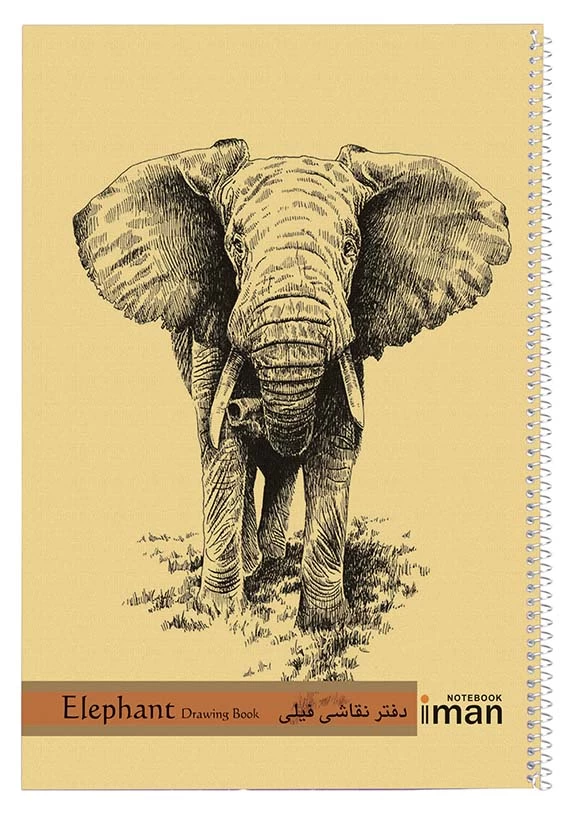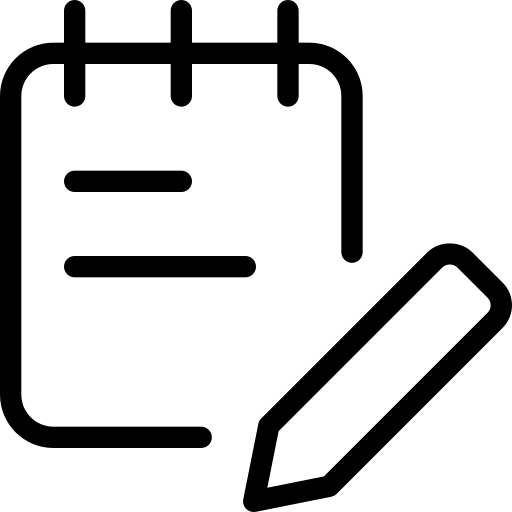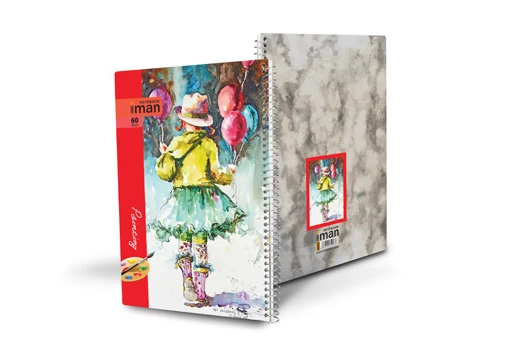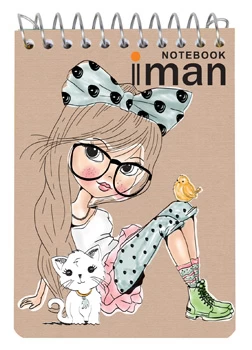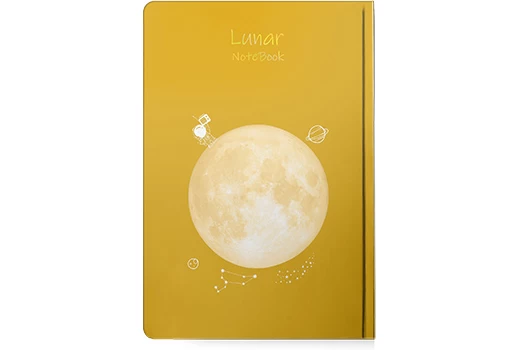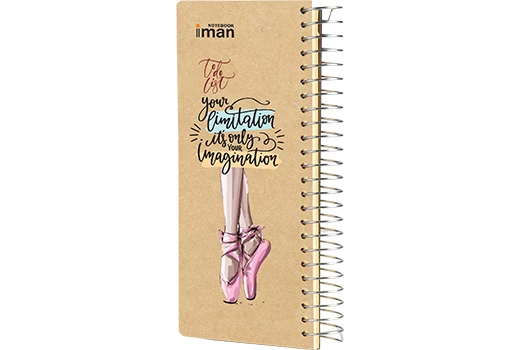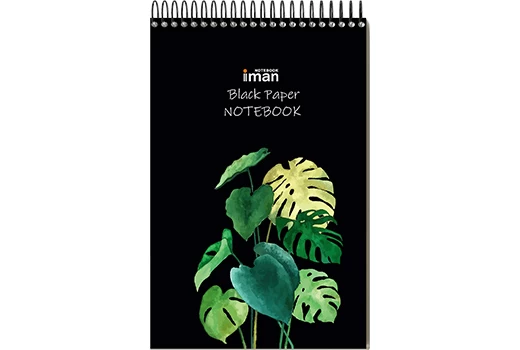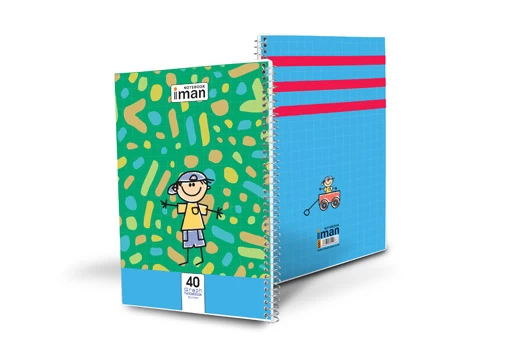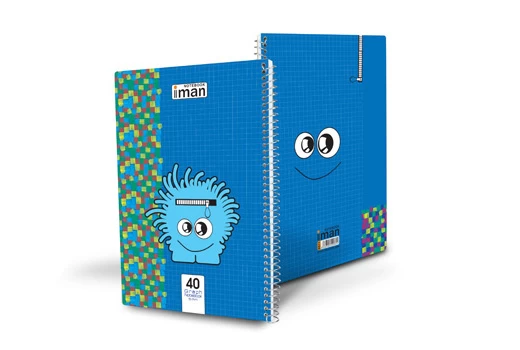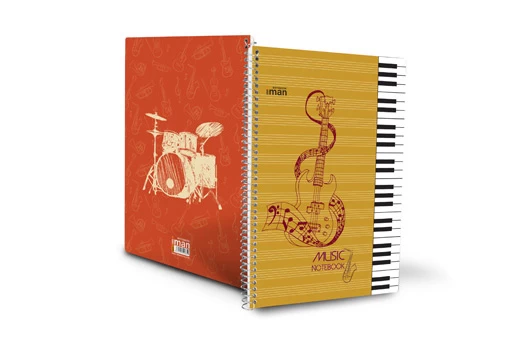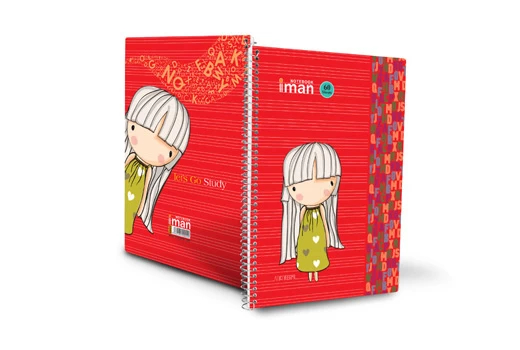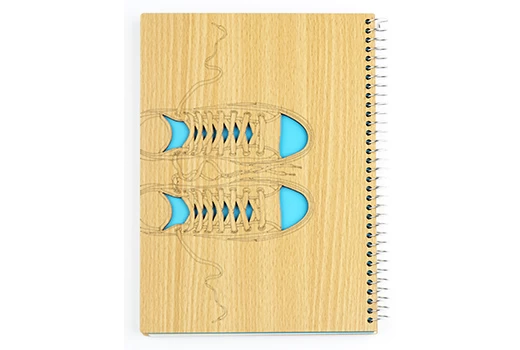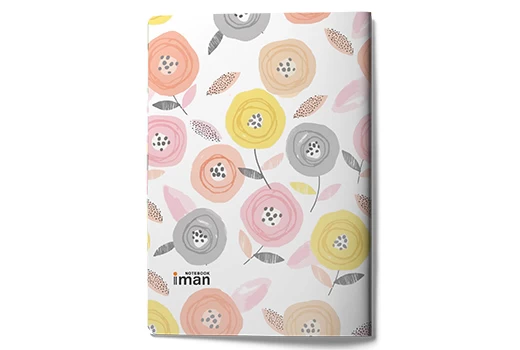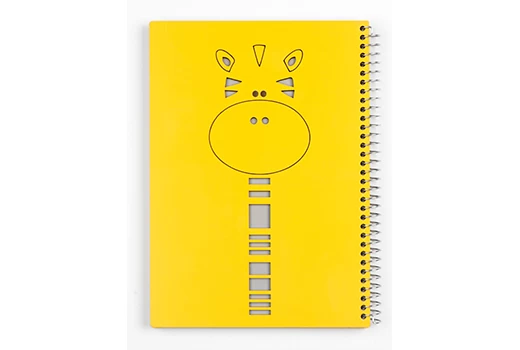Notebooks & Writing Pads
Notebooks and writing pads are stationary items used for writing, note-taking, and organizing information. While they serve similar purposes,
there are some differences between the two:
1. Notebooks: Notebooks typically consist of bound sheets of paper, either spiral-bound or sewn together, with a cover. They come in various sizes, such as pocket-sized, A5, or A4, and often have ruled, blank, or grid-lined pages. Notebooks are versatile and can be used for various purposes, including journaling, sketching, academic note-taking, and project planning.
2. Writing Pads: Writing pads, also known as notepads or legal pads, are typically made up of loose sheets of paper stacked together and glued at the top or side to form a pad. They are usually larger in size, such as letter (8.5" x 11") or legal (8.5" x 14"), and commonly have ruled or plain pages. Writing pads are commonly used in professional settings for taking notes during meetings, conferences, or interviews, as well as for drafting documents, making to-do lists, and jotting down quick notes.
Both notebooks and writing pads come in various designs, paper types, and bindings to suit individual preferences and needs. They are essential tools for organizing thoughts, capturing ideas, and keeping track of information in both personal and professional setting
There are various types of notebooks available, each designed for different purposes and preferences.
_1710866795.jpg)
Here are some common types:
1. Spiral Notebooks: These notebooks have spiral binding along one edge, allowing pages to lie flat when open. They are often used for school or work notes due to their convenience and flexibility.
2. Composition Notebooks: Composition notebooks have a sewn or glued binding and a durable cover. They are commonly used for journaling, creative writing, or lab notebooks.
3. Wirebound Notebooks: Similar to spiral notebooks, wirebound notebooks have wire binding along one edge. However, the wire binding is usually hidden by a cover. They are popular for both personal and professional use.
4. Hardcover Notebooks: These notebooks have a sturdy cover, often made of cardboard or leatherette, providing extra protection for the pages inside. They are commonly used for long-term projects, planning, or journaling.
5. Softcover Notebooks: Softcover notebooks have flexible covers made of materials like cardstock or vinyl. They are lightweight and portable, making them suitable for travel or everyday use.
6. Pocket Notebooks: Pocket-sized notebooks are small and compact, designed to fit easily in a pocket or bag. They are convenient for jotting down quick notes or ideas on the go.
There are various types of writing pads, also known as notepads or legal pads, each serving specific purposes and preferences. Here are some common types:
1. Legal Pads: Legal pads are typically larger in size, usually letter (8.5" x 11") or legal (8.5" x 14"), and have a distinctive yellow or white color. They are commonly used in legal and professional settings for taking notes during meetings, interviews, or conferences.
2. Memo Pads: Memo pads are smaller in size and often come in pocket-sized or A6 dimensions. They are used for jotting down quick notes, reminders, or messages, making them convenient for everyday use.
3. Executive Pads: Executive pads are high-quality writing pads with premium paper and elegant covers, often used in professional settings or as a gift. They may feature leather or faux leather covers and come in various sizes.
4. Reporter's Pads: Reporter's pads are long and narrow, typically measuring around 4" x 8". They feature narrow-ruled paper and are often used by journalists or reporters for taking notes during interviews or press conferences.
5. Grid Pads: Grid pads have pages with a grid or graph pattern, making them suitable for technical drawing, sketching, or organizing data in columns and rows.
6. Engineering Pads: Engineering pads have specialized paper with grids or templates specifically designed for engineering or technical drawings, calculations, and diagrams.
7. Customized Pads: Some writing pads can be customized with personalized covers, logos, or branding, making them ideal for promotional purposes or corporate gifts.
These are just a few examples of the different kinds of writing pads available, each serving unique needs and preferences for note-taking, sketching, or organizing information.
A soft cover notecover, also known as a softcover notebook or softcover notepad, is a type of notebook or notepad that features a flexible cover made of materials like cardstock, vinyl, or flexible plastic. Unlike hardcover notebooks, which have stiff covers made of cardboard or leatherette, softcover notecovers have covers that are more flexible and bendable.

Soft cover notecovers are lightweight and portable, making them convenient for travel or everyday use. They are often used for jotting down quick notes, sketching, journaling, or brainstorming ideas. The flexibility of the cover allows the notebook to conform to the shape of a bag or pocket, making it easy to carry around.
These notebooks come in various sizes, including pocket-sized, A5, or A4, and may have ruled, blank, or grid-lined pages to suit different preferences and purposes. Softcover notecovers are popular for personal use, school, work, or as promotional items due to their versatility, affordability, and ease of customization.
A hardcover notebook, also known as a hardbound notebook or hardcover journal, is a type of notebook with a rigid and sturdy cover. Unlike softcover notebooks, which have flexible covers made of materials like cardstock or vinyl, hardcover notebooks have covers made of stiff materials such as cardboard, leatherette, or fabric wrapped around a sturdy board.
Hardcover notebooks offer several benefits:
1. Durability: The rigid cover provides extra protection for the pages inside, preventing them from bending, tearing, or getting damaged easily. This makes hardcover notebooks ideal for long-term use and for preserving important notes or writings.
2. Professional Appearance: Hardcover notebooks often have a more professional and sophisticated appearance compared to softcover notebooks. They are commonly used in professional settings such as offices, meetings, or conferences.
3. Stability for Writing: The sturdy cover provides a stable surface for writing, making it easier to write or draw without the need for a desk or table. This is particularly useful when writing on the go or in situations where a flat surface may not be available.
4. Versatility: Hardcover notebooks come in various sizes, designs, and page layouts to suit different preferences and purposes. They may have ruled, blank, grid-lined, or dotted pages, and may include features such as bookmarks, elastic closures, or inner pockets for storage.
5. Preservation of Contents: The hardcover design helps protect the contents of the notebook, including notes, sketches, or drawings, from external elements such as moisture, dust, or bending.
Overall, hardcover notebooks are popular for their durability, professional appearance, and versatility, making them suitable for various uses including journaling, note-taking, sketching, planning, or creative writing.
There are various types of notebooks available, each designed for different purposes and preferences.
_1710866795.jpg)
There are various types of writing pads, also known as notepads or legal pads, each serving specific purposes and preferences. Here are some common types:
A soft cover notecover, also known as a softcover notebook or softcover notepad, is a type of notebook or notepad that features a flexible cover made of materials like cardstock, vinyl, or flexible plastic. Unlike hardcover notebooks, which have stiff covers made of cardboard or leatherette, softcover notecovers have covers that are more flexible and bendable.

A hardcover notebook, also known as a hardbound notebook or hardcover journal, is a type of notebook with a rigid and sturdy cover. Unlike softcover notebooks, which have flexible covers made of materials like cardstock or vinyl, hardcover notebooks have covers made of stiff materials such as cardboard, leatherette, or fabric wrapped around a sturdy board.
FAQs
Where are writing pads used?
Writing pads are commonly used in professional settings for taking notes during meetings, conferences
What are executive pads?
Executive pads are high-quality writing pads with premium paper and elegant covers, often used in professional settings or as a gift
What are the uses of notebooks?
They are often used for jotting down quick notes, sketching, journaling, or brainstorming ideas.
What are grid pages?
Grid pads have pages with a grid or graph pattern, making them suitable for technical drawing, sketching, or organizing data in columns and rows.
 +7929688-88-14
+7929688-88-14

 English
English
 Persian
Persian
 Russian
Russian
 Chinese
Chinese


 +7929688-88-14
+7929688-88-14

